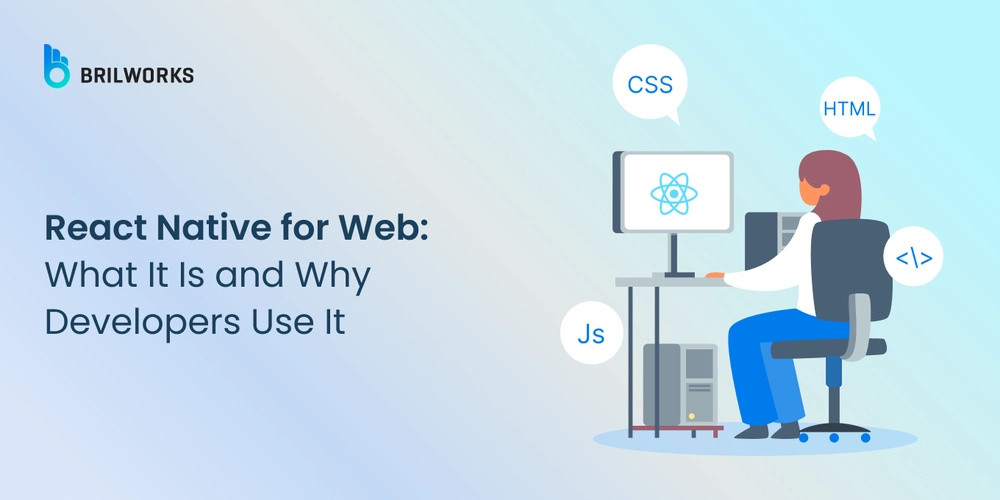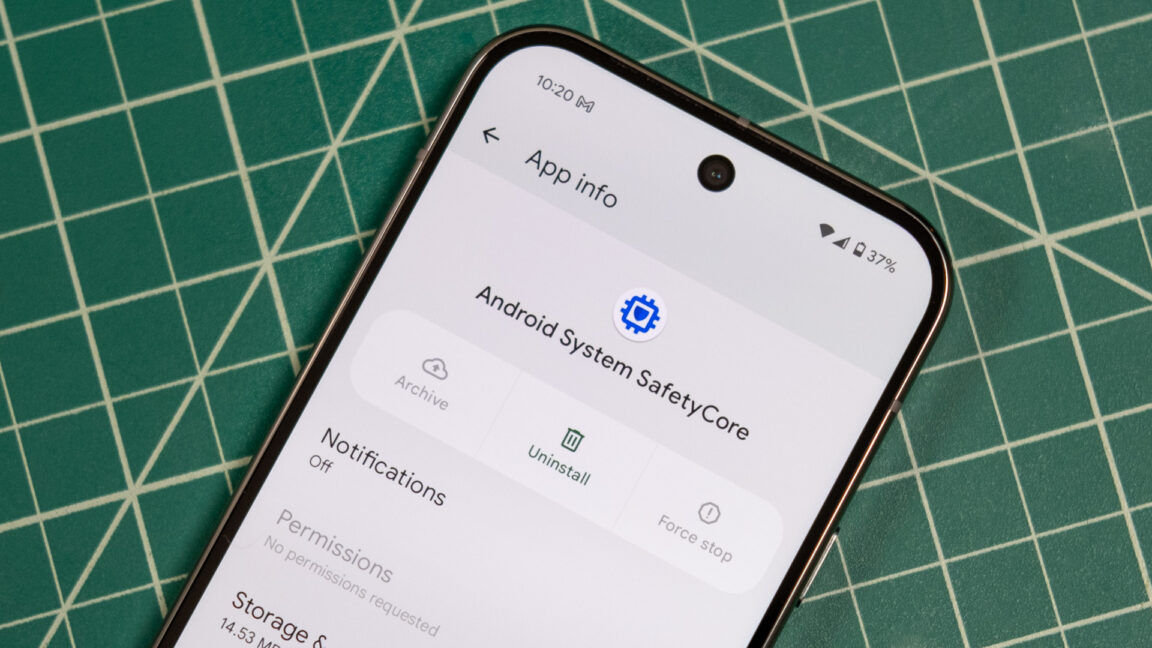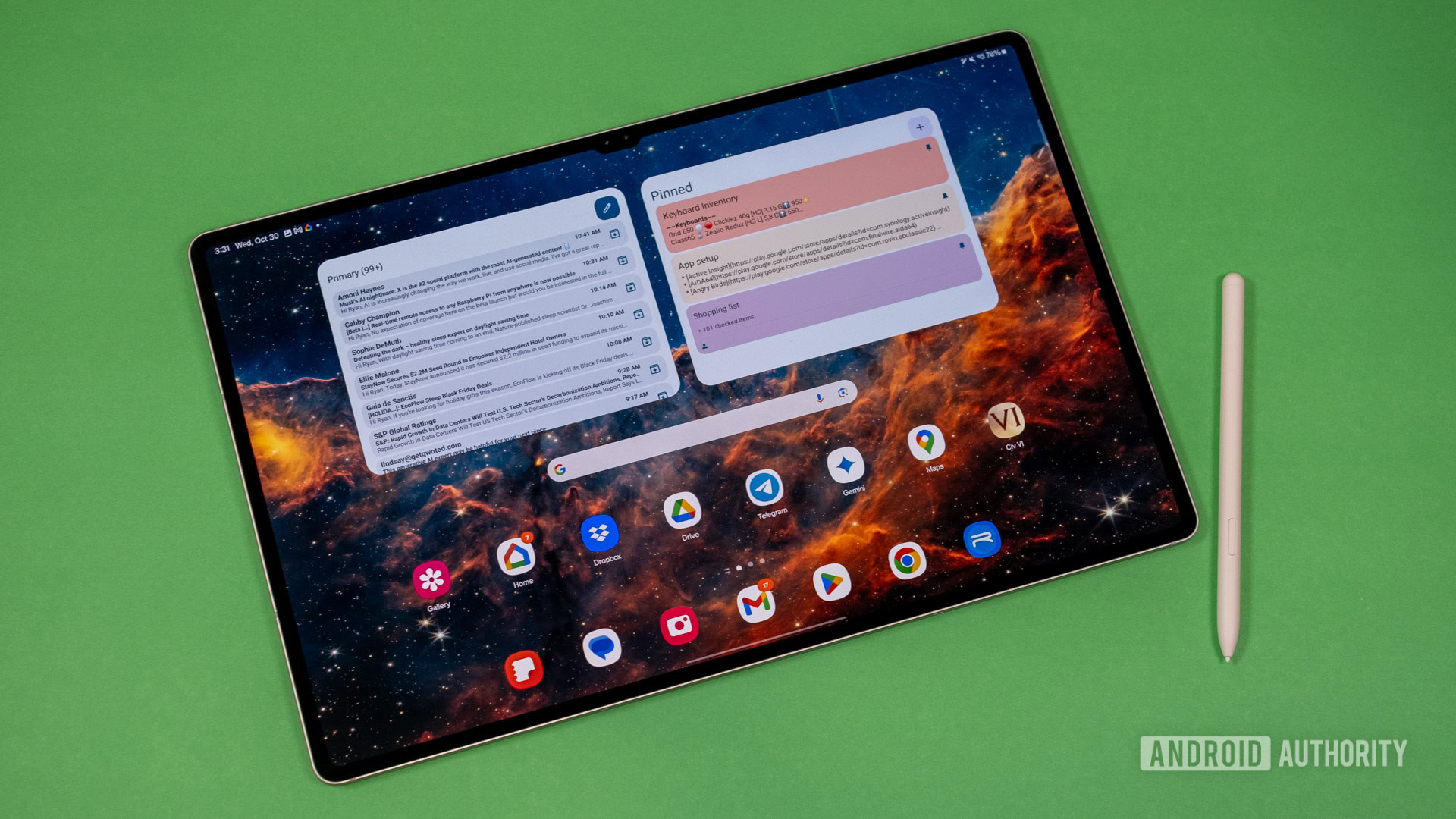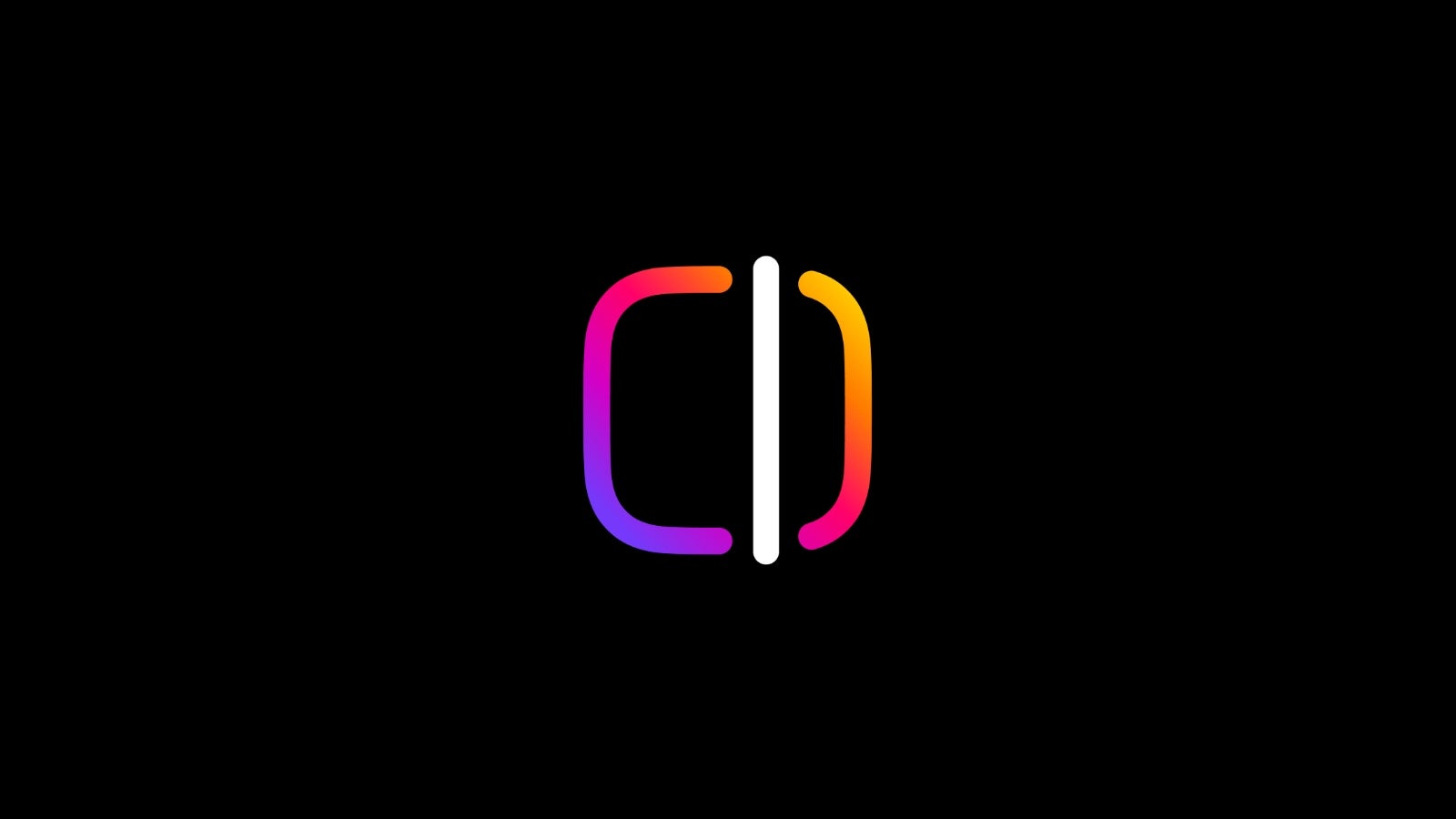React Native for Web: What It Is and Why Developers Use It
Your tech stack is one of the first things you'll need to figure out when you start a new project. It can be challenging to develop a product that functions on several platforms, such as iOS, Android, and the web. Do you create distinct versions for every platform? Use a different framework for the web and one for mobile. Or is there a way to maintain the majority of your codebase unified while simplifying things? You may have asked yourself, "Can react native be used for web?" if you have experience with React Native. The question seems reasonable. After all, React is a well-known web framework, and React Native is popular for cross platform development. However, is it possible to combine the two worlds and utilise a single codebase for both web and mobile applications? React Native Web is useful in this situation. This library makes it possible to use React Native components in a web browser. You can use a lot of the same code you would use for mobile apps to create web applications because React Native offers web-compatible versions of its essential components, such as View, Text, Image, and so on. In this post, we’ll explore what React Native Web is, how it works, and why some developers use it to streamline projects. We’ll also look at its pros, cons, and how it compares to other solutions, helping you understand its capabilities whether you're considering it or just curious. What is React Native Web? React Native web may sound contradictory at first. React Native is a cross platform framework built for mobile apps on iOS and Android. It is highly popular among developers who want to create one app for both Android and iOS. So, while web development has its own set of tools and frameworks, React Native is designed for mobile app development. React Native Web, on the other hand, fills that gap by enabling you to run React Native code in the browser without having to start from scratch. What does it do, then? Fundamentally, React Native Web enables you to render React Native components within a web browser, including View, Text, Image, ScrollView, and others. In essence, it is a web-based implementation of React Native components. React Native Web converts those mobile-specific components into equivalent HTML elements rather than depending on native views, which are unique to mobile operating systems. For instance, in React Native, a View component may appear online as a . It's a clever method to ensure that your current mobile code can be used online with little modification. However, this does not imply that you can simply launch a React Native mobile application in a web browser and expect it to function flawlessly. There are still restrictions, particularly with regard to native APIs or hardware-specific functions that web browsers are unable to access directly, such as GPS or camera access. Therefore, even though it's simple to render your user interface elements online, more complicated functionality may require a different approach. Nevertheless, React Native for web is excellent for creating cross-platform applications where most of the logic and user interface can be shared. It enhances web frameworks like React rather than replacing them, allowing web and mobile app development to be combined without creating a whole new process. How React Native Web Works Making the tools you already use for mobile work flawlessly on the browser is the goal of React Native for web development, not creating something completely new. Here's how that really works in the background. Core Principles and Architecture The basic concept is straightforward: write once, run anywhere. Components like View, Text, and Image are used to construct your user interface in React Native's component-based architecture. React Native Web maps those same components to their browser-friendly counterparts. You write one component and let the framework handle how it is displayed on the web or mobile device, rather than writing different code for each platform. Platforms can share a great deal of logic and layout thanks to this architectural design. How Components Render in the Browser React Native components use a bridge to render to native views on mobile devices. However, there isn't such a bridge on the web, so how can a view be converted into a language that a browser can comprehend? react-native-web fills that need. It converts React Native elements into HTML elements. For example: View → Text → ScrollView → with overflow styles TouchableOpacity → or with interaction handlers Styling is handled using inline styles written in JavaScript objects (similar to React Native’s StyleSheet.create()), which gets compiled down to CSS-in-JS styles under the hood. So, your app still feels like React Native, but behind the scenes, it's using DOM elements like any other web app. Key Libraries That Make It Work A few key tools make the whole system tick: react-native-web – The m

Your tech stack is one of the first things you'll need to figure out when you start a new project. It can be challenging to develop a product that functions on several platforms, such as iOS, Android, and the web. Do you create distinct versions for every platform? Use a different framework for the web and one for mobile. Or is there a way to maintain the majority of your codebase unified while simplifying things?
You may have asked yourself, "Can react native be used for web?" if you have experience with React Native. The question seems reasonable. After all, React is a well-known web framework, and React Native is popular for cross platform development. However, is it possible to combine the two worlds and utilise a single codebase for both web and mobile applications?
React Native Web is useful in this situation. This library makes it possible to use React Native components in a web browser. You can use a lot of the same code you would use for mobile apps to create web applications because React Native offers web-compatible versions of its essential components, such as View, Text, Image, and so on.
In this post, we’ll explore what React Native Web is, how it works, and why some developers use it to streamline projects. We’ll also look at its pros, cons, and how it compares to other solutions, helping you understand its capabilities whether you're considering it or just curious.
What is React Native Web?
React Native web may sound contradictory at first. React Native is a cross platform framework built for mobile apps on iOS and Android. It is highly popular among developers who want to create one app for both Android and iOS. So, while web development has its own set of tools and frameworks, React Native is designed for mobile app development. React Native Web, on the other hand, fills that gap by enabling you to run React Native code in the browser without having to start from scratch.
What does it do, then? Fundamentally, React Native Web enables you to render React Native components within a web browser, including View, Text, Image, ScrollView, and others. In essence, it is a web-based implementation of React Native components.
React Native Web converts those mobile-specific components into equivalent HTML elements rather than depending on native views, which are unique to mobile operating systems. For instance, in React Native, a View component may appear online as a . It's a clever method to ensure that your current mobile code can be used online with little modification.
However, this does not imply that you can simply launch a React Native mobile application in a web browser and expect it to function flawlessly. There are still restrictions, particularly with regard to native APIs or hardware-specific functions that web browsers are unable to access directly, such as GPS or camera access. Therefore, even though it's simple to render your user interface elements online, more complicated functionality may require a different approach.
Nevertheless, React Native for web is excellent for creating cross-platform applications where most of the logic and user interface can be shared. It enhances web frameworks like React rather than replacing them, allowing web and mobile app development to be combined without creating a whole new process.
How React Native Web Works
Making the tools you already use for mobile work flawlessly on the browser is the goal of React Native for web development, not creating something completely new. Here's how that really works in the background.
Core Principles and Architecture
The basic concept is straightforward: write once, run anywhere. Components like View, Text, and Image are used to construct your user interface in React Native's component-based architecture. React Native Web maps those same components to their browser-friendly counterparts.
You write one component and let the framework handle how it is displayed on the web or mobile device, rather than writing different code for each platform. Platforms can share a great deal of logic and layout thanks to this architectural design.
How Components Render in the Browser
React Native components use a bridge to render to native views on mobile devices. However, there isn't such a bridge on the web, so how can a view be converted into a language that a browser can comprehend?
react-native-web fills that need. It converts React Native elements into HTML elements. For example:
Styling is handled using inline styles written in JavaScript objects (similar to React Native’s StyleSheet.create()), which gets compiled down to CSS-in-JS styles under the hood.
So, your app still feels like React Native, but behind the scenes, it's using DOM elements like any other web app.
A few key tools make the whole system tick:
If you’re working within the Expo ecosystem, much of this setup is already handled for you, which can save a ton of time.
React Native components use a bridge to communicate with native UI elements on native platforms (iOS/Android). That bridge manages rendering, animations, gestures, and more while translating your JavaScript code into native views.
Since everything on the web is already in JavaScript, there is no such bridge. The components are directly mapped to DOM elements, and browser-based interactions take place. Because there is no overhead associated with crossing a native bridge, performance can actually feel snappy.
Of course, that has its limitations. Not all mobile-native features (such as native navigation transitions, haptic feedback, or device sensor access) translate flawlessly to the web. However, that tradeoff is negligible for a lot of apps, particularly those that offer a UI-driven experience.
Working on a web application frequently requires striking a balance between consistency, maintainability, and speed. While you want to launch your app as soon as possible, you also don't want to have a disorganised codebase that will be difficult to scale or maintain in the future. React Native can be very helpful in this situation, particularly for projects that also aim to be mobile-friendly.
1. Unified Codebase 2. Consistent User Experience 3. Faster Development Process 4. Active Community and Ecosystem Let's discuss why you might want to follow this path in the first place. React Native is popular among developers (including some well-known ones) for web development for a reason: it lowers overhead, enhances code reuse, and makes cross-platform scaling much easier to handle.
Here are some of the biggest pros:
1. Shared components and logic Take a moment to consider that.
Rebuilding the same product card or login form three times is not necessary. You can write a single version and leave the platform-specific details to be handled by the framework. This can significantly reduce development time, particularly for multi-platform teams.
2. Easy scaling across platforms Expanding to a new platform is more like adding a new output target than creating a second app from scratch if you've designed your app with reusability in mind (for example, by keeping logic and layout distinct).
As your product develops and you need to meet users where they are, be it on a desktop, tablet, smartphone, or all of the above, that kind of flexibility becomes extremely valuable.
3. Integrates with modern dev tools (like Next.js or Expo) Consider Expo, which offers minimal setup and out-of-the-box support for web, native, and everything else. Next.js is another tool that can be integrated with React-Native-Web to enable web-specific optimizations such as dynamic routing and server-side rendering.
With the help of these integrations, you can create production-ready apps with sophisticated features like code-splitting and static site generation without having to give up the React Native component-based architecture you've developed.
4. Strong support for animations and gestures You can create fluid gestures and animations that feel consistent across platforms with the help of libraries like Additionally, you don't have to be as concerned about lag or awkward transitions on slower devices because these libraries were created with performance in mind.
Even though React Native for Web has a lot of promise, it's vital to consider its potential shortcomings. Since no solution is flawless, developers should be aware of the limitations and difficulties specific to React Native for Web.
Here are some key areas where you might hit a bump in the road.
1. Limited support for native features If your app depends on deep device integrations, this could be a significant drawback. Even though React Native for Web is capable of handling most mobile interfaces, it still lacks some more sophisticated native-heavy features. Therefore, you may need to investigate a more native-specific web solution if you require those features to work flawlessly on the web.
2. Styling differences between platforms When scaling your app from mobile to the web, you might encounter inconsistencies even though React Native for Web attempts to replicate the native styling system. You may need to write additional custom code to handle edge cases because the layout models for mobile (particularly for small screens) and web (which can have different screen sizes and aspect ratios) can behave differently.
3. Web performance issues Even though performance has been greatly improved by the community, React Native for Web is still primarily made with mobile apps in mind. You may encounter bottlenecks if your application requires highly specialised web performance optimisations (such as rendering hundreds of intricate tables or performing complex computations).
4. Smaller community and ecosystem Practically speaking, this means that compared to using more conventional tools for web development, you might not find as many plugins, third-party packages, or support for web-specific functionality. Although it's not quite as developed, the area is still expanding.
5. Dependency on React Native for Web Updates Okay, so you want to use React Native to build for the web. The good news? Depending on your level of control, you can either take the easy route with Expo or get your hands dirty with a manual setup using React Native CLI and webpack.
Let’s walk through both.
Using Expo for Web Here’s how you can start:
1. Install Expo CLI (if you haven’t already): 2. Create a new project: 3. Navigate to your project folder: 4. Start the web server: That's it; the browser will launch your React Native application. Behind the scenes, Expo handles all the web-specific tasks with the help of webpack, Babel, and react-native-web. Nothing really needs to be configured unless you want to.
Manual Setup with React Native CLI & Webpack Here’s a high-level overview of what the process looks like:
1. Create a React Native project: 2. Install required dependencies for web: 3. Install Babel and Webpack: 4. Set up your 5. Create an 6. Add a simple You have complete control with this configuration, which is advantageous if you're creating a unique environment or integrating with an already-existing web codebase.
React Native for Web is a deliberate extension of what many teams are already doing with React Native, rather than an attempt to completely reinvent how we build for the browser. It provides a useful method for building cross-platform apps, sharing code, and cutting down on redundancy without having to constantly switch between mobile and web.
There are trade-offs, of course. Style peculiarities, native feature limitations, and sporadic performance issues will still need to be considered. However, React Native for Web can greatly streamline your workflow if your project goals match its strengths, which include unified styling, shared logic, and streamlined development.
Ultimately, it is merely one of the numerous tools that developers have at their disposal. Understanding where it works and where it doesn't is crucial.
This should have given you a better idea of what React Native for Web has to offer, regardless of whether you're already using React Native and considering going online or you're just interested in how everything works.
Are you considering creating your next project with React Native development? We'd love to hear what you're working on, whether your goal is to unify your codebase or you're simply interested in how it fits into your stack. Contact us. View → Text →
ScrollView → TouchableOpacity → or
Key Libraries That Make It Work
react-native-web – The main library that maps native components to DOM elements.react-native – Still used as your core dependency, since you’re writing your app in React Native syntax.expo – Optional, but super helpful. Expo makes it easier to manage multi-platform projects, including support for web out of the box.babel-preset-expo / webpack / Metro – Tooling under the hood that compiles your code correctly across platforms.
Behind the Scenes: DOM vs Native Components
Benefits of React Native for Web Development
Utilising a single codebase for both mobile and web is one of React Native’s greatest advantages. This implies that you can use the majority of the same code for the web version of your app if you're already using React Native for your mobile app. With React Native Web, you can share components, styles, and even business logic across all platforms instead of creating distinct apps for iOS, Android, and the web. Especially in the early phases of development, this can save a great deal of time and effort.
It's difficult to create a consistent user experience (UX) across platforms. Your UI elements will appear and function similarly on mobile and web devices thanks to React Native. You don't have to worry about platform-specific UI patterns because React Native Web uses the same components (View, Text, Image, etc.) that you are accustomed to from React Native. Users who use your app across various devices will have a more seamless experience thanks to this consistency.
Because React Native lets you reuse a large amount of your code, it can speed up your development schedule. The process can be greatly accelerated by developers not having to create two versions of the same component—one for the web and one for mobile. This is especially useful if you need to launch quickly or have tight deadlines. Additionally, there is less need for specialised developers for each platform because the same team can work on both.
Both React Native have sizable and vibrant communities. This implies that you have access to a multitude of libraries, resources, and community support. It's likely that someone else has already encountered the same problem, whether you're trying to find a library that aids in a particular functionality or you're running into a challenging bug. It is simpler to become familiar with React Native Web and find quick solutions thanks to this vibrant ecosystem.
Pros of Using React Native for Web Development
The ability to write your business logic and user interface elements only once and use them on the web, iOS, and Android is likely the biggest benefit.
Considering releasing a web version after launching a mobile version first? Or is it the other way around? In any case, React Native simplifies the process of expanding your app's reach without having to start from scratch.
There is more to React Native for Web than meets the eye. It works well with many of the more recent tools in the React ecosystem.
You'd think that coming from mobile would make dealing with web animations and gestures difficult, and you'd be right most of the time. However, this is actually handled surprisingly well by React Native for the web.
react-native-gesture-handler and react-native-reanimated, both of which support the web.
Limitations and Challenges
First of all, not every native component can be readily transferred to the web. Certain mobile-specific features, such as advanced device sensors or camera access, depend on APIs that aren't readily available in web browsers.
Because CSS-in-JS is used for styling in React Native for Web, styles are applied consistently across platforms. However, React Native handles styles differently than CSS does on the web, particularly in terms of responsiveness and layout management.
React Native for Web does a fantastic job of making the web mobile-first. It's crucial to remember that mobile-based rendering may not always be web-optimized. For instance, compared to a conventional web application designed especially for browser performance, scrolling performance or complex animations can occasionally feel less fluid.
React Native for Web is still a relatively specialised project, despite having a sizable and vibrant community. Because of this, the ecosystem of web-specific libraries and resources isn't as strong as it would be with more conventional web frameworks like Vue.js or React.js.
It's also important to remember that React Native for Web depends on React Native's constant modifications and updates. You'll need to keep up with any updates that might affect your web build as React Native develops. Occasionally, these modifications may cause unexpected problems or introduce new bugs, necessitating additional effort to maintain web and mobile compatibility.
Setting Up React Native for Web: A Step-by-Step Guide
Expo is the best option if you're new to React Native or simply want to get started quickly. It provides a ready-to-use development environment that supports web right out of the box and abstracts away the majority of the clumsy configuration.
npm install -g expo-cli
npx create-expo-app my-web-app
cd my-web-app
npm run web
Are you not using Expo or would like more control over the build tools? Although it's a little more complicated, you can also set things up manually.
npx react-native init MyWebApp
npm install react-dom react-native-web
npm install --save-dev webpack webpack-cli babel-loader babel-preset-expo html-webpack-plugin
webpack.config.js:
You’ll need to tell Webpack how to resolve react-native to react-native-web and bundle your JS code.
index.web.js entry point:
This is your app's web entry file. It’ll look something like this:
import { AppRegistry } from 'react-native';
import App from './App';
import { name as appName } from './app.json';
AppRegistry.registerComponent(appName, () => App);
AppRegistry.runApplication(appName, {
initialProps: {},
rootTag: document.getElementById('root'),
});
index.html:
Webpack will use this as the HTML template to inject your JS bundle.
Summing Up

.jpg)








































































































































































![[The AI Show Episode 144]: ChatGPT’s New Memory, Shopify CEO’s Leaked “AI First” Memo, Google Cloud Next Releases, o3 and o4-mini Coming Soon & Llama 4’s Rocky Launch](https://www.marketingaiinstitute.com/hubfs/ep%20144%20cover.png)
























































































































































![BPMN-procesmodellering [closed]](https://i.sstatic.net/l7l8q49F.png)

























































































-All-will-be-revealed-00-35-05.png?width=1920&height=1920&fit=bounds&quality=70&format=jpg&auto=webp#)
-All-will-be-revealed-00-17-36.png?width=1920&height=1920&fit=bounds&quality=70&format=jpg&auto=webp#)
-Jack-Black---Steve's-Lava-Chicken-(Official-Music-Video)-A-Minecraft-Movie-Soundtrack-WaterTower-00-00-32_lMoQ1fI.png?width=1920&height=1920&fit=bounds&quality=70&format=jpg&auto=webp#)
























_Weyo_alamy.png?width=1280&auto=webp&quality=80&disable=upscale#)
_Brain_light_Alamy.jpg?width=1280&auto=webp&quality=80&disable=upscale#)









































































































![New M4 MacBook Air On Sale for $929 [Lowest Price Ever]](https://www.iclarified.com/images/news/97090/97090/97090-1280.jpg)
![Apple iPhone 17 Pro May Come in 'Sky Blue' Color [Rumor]](https://www.iclarified.com/images/news/97088/97088/97088-640.jpg)
![Mac Shipments Up 17% in Q1 2025 Fueled by New M4 MacBook Air [Chart]](https://www.iclarified.com/images/news/97086/97086/97086-640.jpg)
![Next Generation iPhone 17e Nears Trial Production [Rumor]](https://www.iclarified.com/images/news/97083/97083/97083-640.jpg)
































































































































